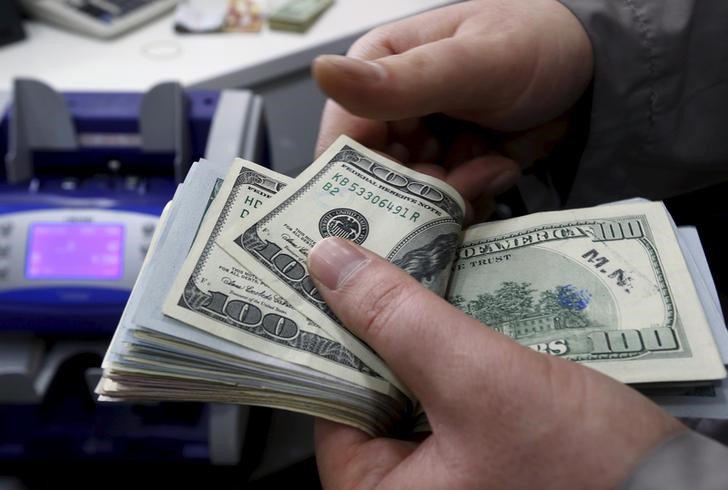BofA strategists highlighted the current state of the US dollar, noting that while there is no trade deficit emergency triggering immediate tariffs, there is a partial reduction in the risk premium offered by the DXY index is implied.
The company pointed out that a rate risk premium will likely remain due to continued uncertainty, but the more pressing short-term risk to the dollar comes from its proximity to the CTA stop-loss levels.
BofA’s analysis shows that despite concerns about tariffs and possible changes in trade policy, the US dollar has maintained its strength. This resilience is partly attributed to the lack of a significant slowdown in the US services sector, which continues to support the currency amid a potential sell-off.
The company’s observation shows that while tariff discussions and CTA expiration are factors in the market, they have not yet led to a noticeable slowdown in the services sector compared to the manufacturing sector.
According to BofA, the US dollar has visually benefited from the equity sell-off that started in mid-December. However, this apparent risk-off bid is less obvious when examined further.
The analysts suggest the dollar’s strength is more likely driven by the emergence of a rate risk premium, which will impact both currency and equity markets. This is reflected in the disparity between the DXY and the level implied by interest rate differentials, even after the Inauguration Day sell-off.
BofA’s analysis shows that while some degree of risk premium from rate uncertainty is expected to persist, there is no immediate threat of a major decline in the value of the U.S. dollar. The analysts emphasize that the absence of a slowdown in the US services sector relative to manufacturing is a crucial factor in preventing a spike in the USD. This suggests that as long as the services sector remains robust, the dollar will likely maintain its floor against a sell-off.
In conclusion, BofA’s commentary provides an assessment of the performance of the US dollar in light of rate discussions and market movements. The firm’s analysts have identified the proximity to CTA stop-loss levels as a greater immediate risk to dollar bulls than the ongoing rate noise. The continued strength of the US services sector is seen as important support for the currency, helping to cushion the impact of other market risks.
This article was produced with the support of AI and reviewed by an editor. For more information see our General Terms and Conditions.


